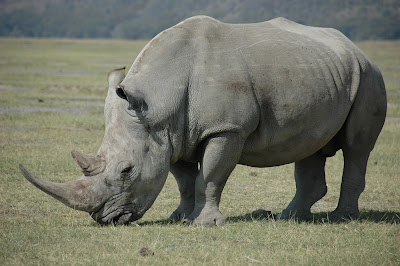Beauty Of Animal | Caiman Lizard | The caiman lizard is a medium-sized lizards, natively found in the jungles of South America. The caiman lizard is strongly built and is one of the largest lizard species in the Americas. The caiman lizard is a large and powerfully built lizard known to grow up to 120 inches from his nose to the tip of the tail is there. Today there is only one type of lizard found in South America Cayman, Cayman Islands, the Northern is the lizard.
Caiman lizards are large carnivorous predators to hunt down the only other animals to obtain their nutrients. Snails are the primary source of food for the caiman lizard along with other invertebrates such as insects and crustaceans, and occasionally larger animals such as fish, rodents and amphibians.
Because of its relatively large and one part water, part of tree-dwelling lifestyle, have caiman lizards limited predators in their natural environment. Large predatory mammals, including jaguars are known to hunt caiman lizard along with other large reptiles including snakes and crocodiles.
Although little about the reproduction of the Cayman Lizard is known, they are likely to behave in a similar way as other large lizard species. After mating, female caiman lizards will lay their eggs in a hole on the river bank, they cover up, to place them protect from hungry predators. When the hatch baby caiman lizards, they are entirely independent, since there is no prenatal care of the Cayman Lizard parents.
Find Here The Kinds Of Animals and Flora and Fauna



























